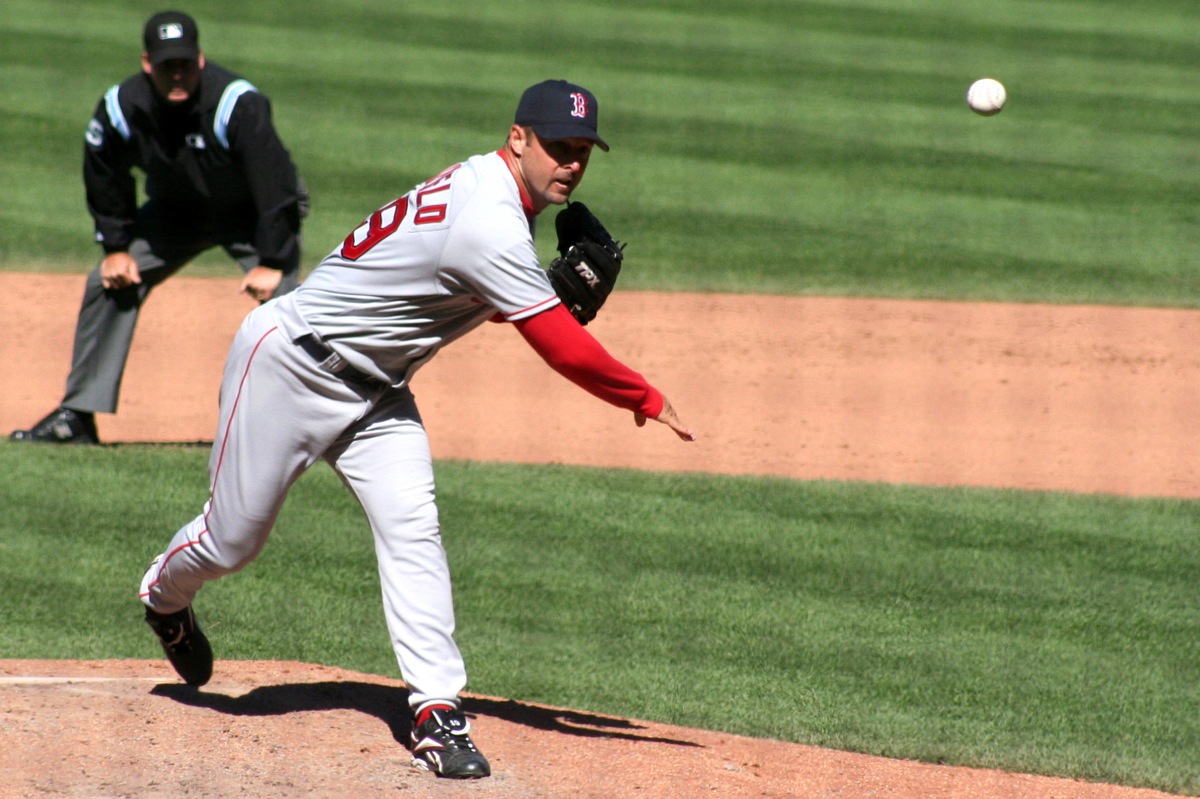
Enis Rodney Jenkins, a towering figure in American equestrianism whose intuitive horsemanship and record-setting achievements captivated audiences for decades, passed away on December 5, 2024, at his home in Maryland. He was 80 years old. Known universally as “The Red Rider” for his distinctive wavy red hair, Jenkins leaves behind a legacy defined by an unparalleled rapport with horses and a remarkable career that spanned both the show jumping arena and the Thoroughbred racetrack.
Jenkins’s profound impact on the sport stemmed from a rare ability to understand and communicate with his equine partners. His professional career, which began in the 1960s, saw him amass more than 70 Grand Prix event victories, a record at the time of his retirement from show jumping in 1989. His quiet demeanor and unwavering belief in the horses he rode earned him not only countless championships but also the deep admiration of peers and generations of riders.
This article delves into the extraordinary life and career of Rodney Jenkins, exploring the formative years that shaped his unique talent, the iconic partnerships that defined his dominance in the show ring, and the fundamental principles that guided his legendary horsemanship. It is a journey through the evolution of an equestrian who consistently credited his success to the brilliance of his horses, forever etching his name into the annals of American sport.
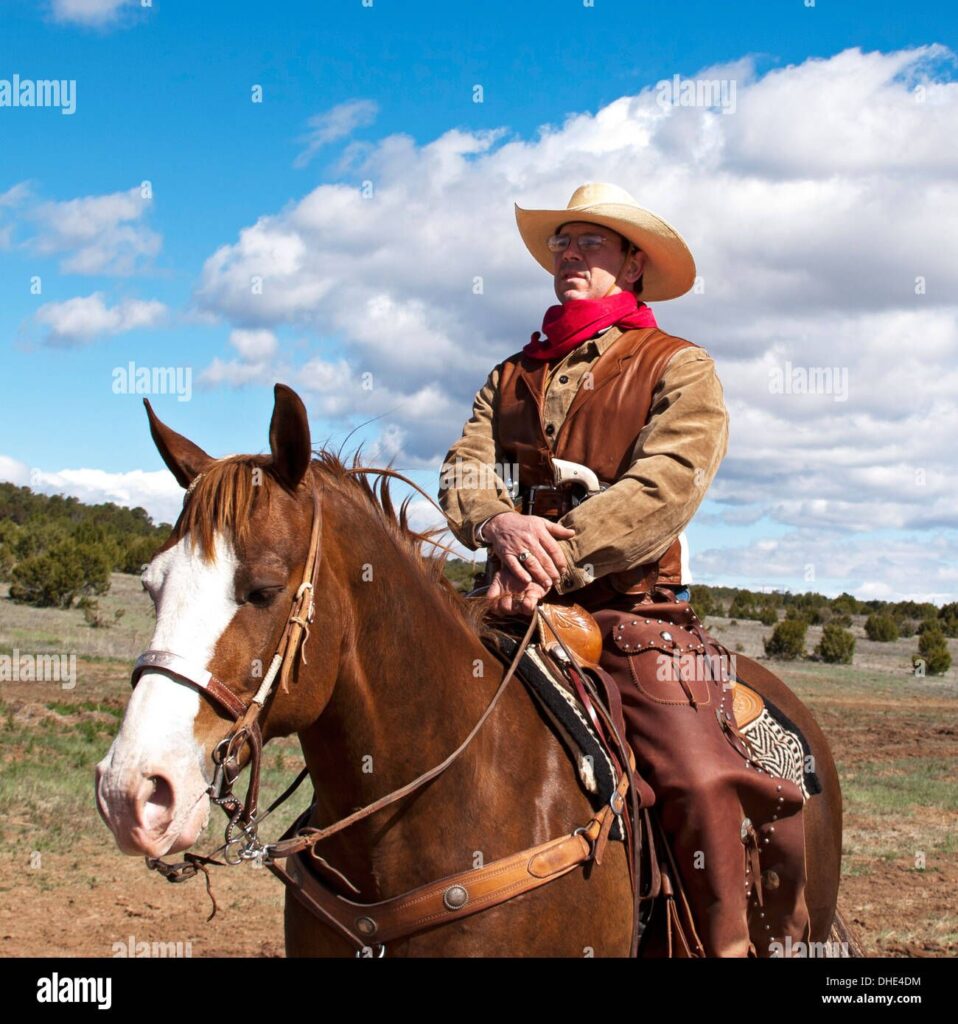
### 1. Early Life and Equestrian Roots
Enis Rodney Jenkins was born in Middleburg, Virginia, on July 3, 1944, into a family deeply steeped in the equestrian tradition. This idyllic setting, nestled in the heart of Virginia’s horse country, provided the perfect crucible for a natural talent to emerge. His father, Enis Jenkins, was a respected huntsman for several fox-hunting groups in the area, ensuring that horses were not merely a hobby but an integral part of daily life for young Rodney and his two brothers.
Growing up, the Jenkins boys were immersed in the practical realities of horse care and the thrill of riding in the hunt field. This hands-on upbringing, characterized by direct interaction with the animals, formed the bedrock of Rodney’s exceptional understanding of equine behavior. He would later describe himself as largely self-taught, a testament to the experiential learning gained from these formative years.
It became clear early on that Jenkins possessed a singular connection with horses. As young as 10 years old, he expressed a desire to show horses, driven by an innate “rapport with the animals.” He was fascinated by “their personalities” and “the changes they go through,” an early indication of the empathetic approach that would define his entire career. This profound connection, nurtured from childhood, would prove to be his greatest asset in the competitive world of equestrian sports.
The exposure to his father’s work as a whipper-in on hunts further solidified his practical horsemanship, offering insights into animal management and behavior that transcended mere riding technique. This foundational knowledge, acquired through diligent observation and direct engagement, laid the groundwork for a career built on an intuitive understanding of the equine mind, allowing him to anticipate and respond to his horses with remarkable precision.
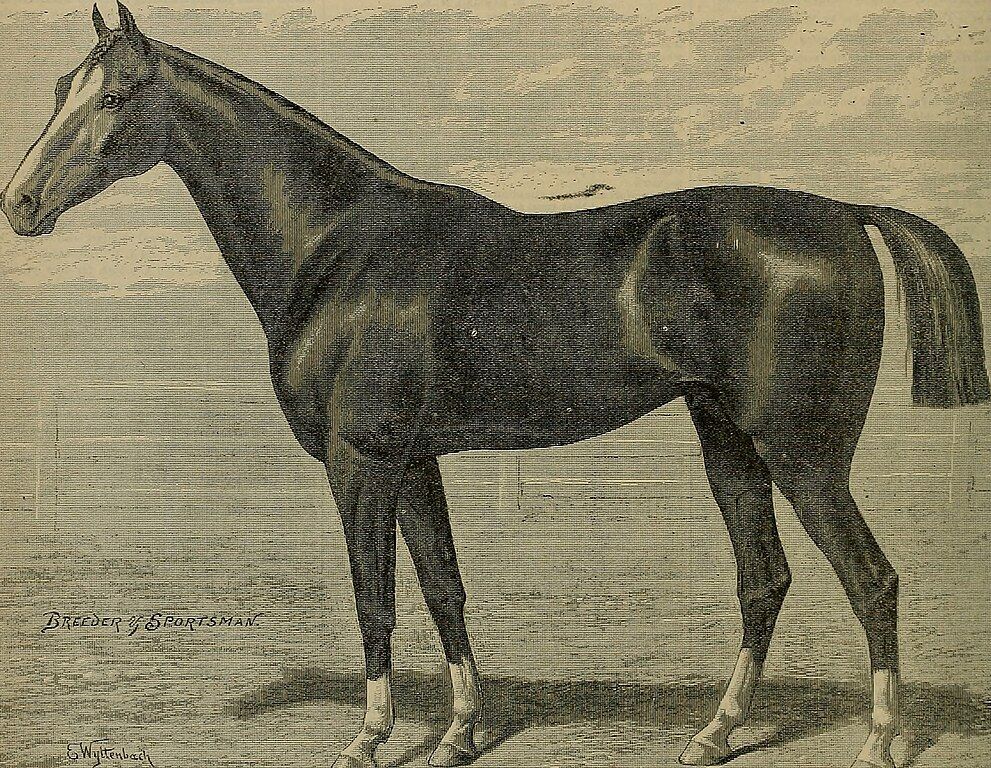
### 2. The Genesis of a Professional Rider
Upon graduating from high school in 1961, Jenkins wasted no time in embarking on his professional journey, taking to the horse show circuit up and down the East Coast, including the demanding Florida winter circuit. At just 17, he began showing professionally, a precocious entry into a highly competitive field that quickly saw him establish his own show barn. His commitment was extraordinary; at times, he would ride as many as 50 horses in a single day, honing his skills and developing an acute sense for each animal’s unique needs and capabilities.
This intense period of activity allowed Jenkins to rapidly gain extensive experience, refining his technique across a vast array of horses. His ability to manage and perform with such a large string underscored his remarkable work ethic and natural talent. Early in his career, he also gained valuable “mileage on the circuit” by working for show-jumping visionary Gene Mische, absorbing insights from one of the sport’s most influential figures.
The decision to turn professional at such a young age was a defining moment, setting him on a path dedicated entirely to horses. Unlike many riders who transitioned through amateur ranks, Jenkins plunged directly into the professional arena, driven by an undeniable passion and an emerging mastery. This early dedication to his craft distinguished him from his contemporaries and quickly established him as a formidable presence in the show ring.
His rapid ascent was not merely a product of hard work but also of an innate intuitive riding ability and sensitive hands. These qualities, combined with his relentless pursuit of excellence, propelled him from a young professional to a dominant force. His early success foreshadowed a career that would redefine the benchmarks of achievement in American show jumping, all while maintaining a hands-on, deeply personal approach to horsemanship.
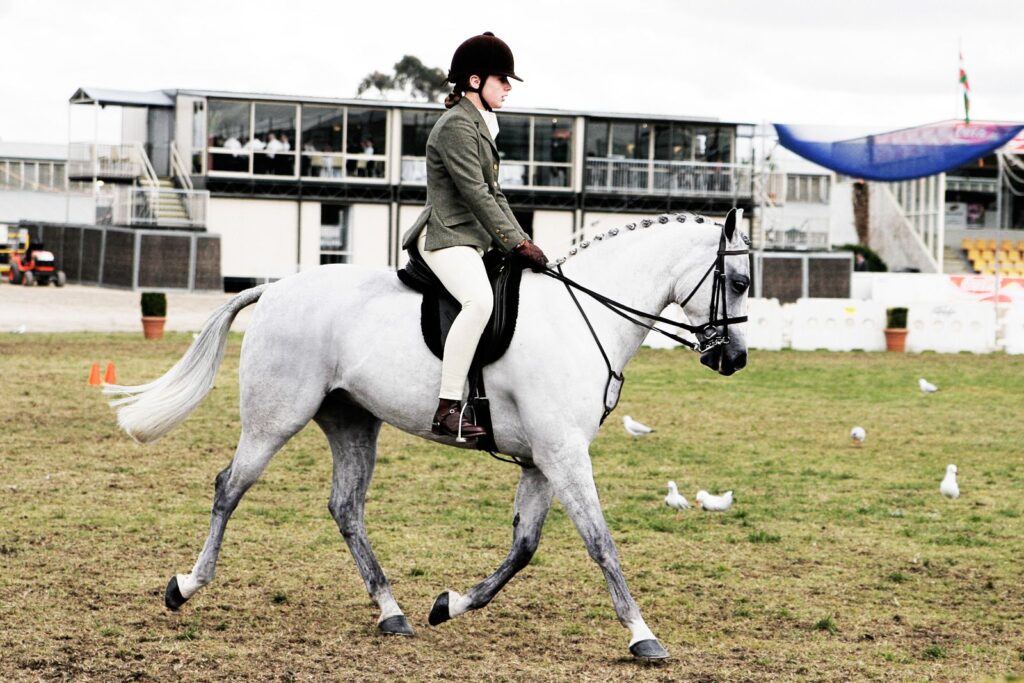
### 3. “The Red Rider”: Dominance and Distinctive Style
Rodney Jenkins became widely recognized by his distinctive nickname, “The Red Rider,” a moniker attributed to his wavy red hair. This visual characteristic became synonymous with his commanding presence in both the hunter and jumper rings, where he consistently demonstrated a level of skill and understanding that set him apart. His expertise spanned both disciplines, which, despite their differences, he viewed as complementary, each enhancing the other.
In the hunter rings, horses are meticulously judged on their style, conformation, and manners as they navigate a course of fences at a deliberate pace. Success in this discipline requires a horse and rider to exhibit grace, precision, and an almost effortless flow. Jenkins excelled here, demonstrating an ability to present horses in their most elegant and capable form, making every movement appear natural and refined.
Conversely, the jumper rings demanded a different kind of prowess: the ability to clear taller, more challenging fences as quickly as possible without incurring faults for knocking down rails. Here, speed, power, and impeccable timing were paramount. Jenkins’s horses consistently cleared formidable obstacles with confidence and efficiency, showcasing his sharp eye for distance and an impeccable sense of pace.
Jenkins articulated his philosophy on the interplay between these two disciplines, stating, “You have to have that flow.” He believed that “If you just ride jumpers, you end up taking back so much. You never go forward as much. In the hunters, everything is a forward flow.” This insight highlights his holistic approach to riding, recognizing that the fundamental principles of forward momentum and harmonious movement developed in the hunter ring were crucial for achieving boldness and clarity in jumping. This integrated style became a hallmark of his enduring success.
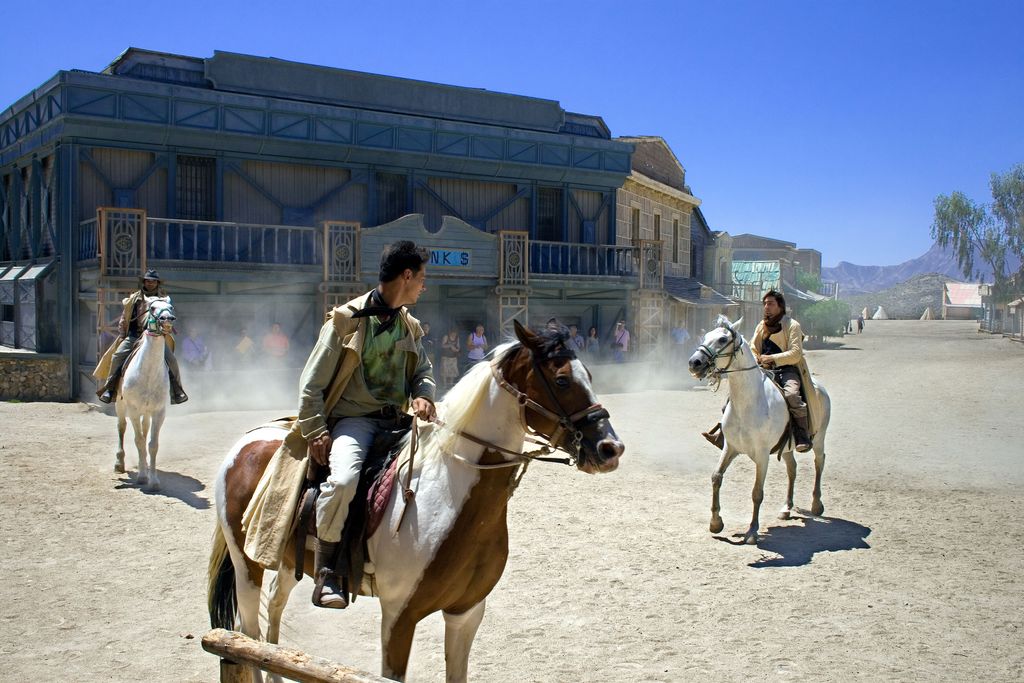
### 4. The Unforgettable Partnership with Idle Dice
Among the many horses Rodney Jenkins rode to victory, one partnership stands out as particularly iconic: his collaboration with Idle Dice. This former Thoroughbred race horse transformed into one of the greatest show jumpers in history, predominantly under Jenkins’s expert guidance. Together, they secured an astounding 31 Grand Prix jumping championships, a testament to their extraordinary bond and combined athletic prowess.
The impact of Idle Dice was so profound that Bertelan de Nemethy, the esteemed United States Equestrian Team coach, famously remarked that “adding Idle Dice to a show jumping string is like adding Secretariat to a racing stable.” This comparison underscored the horse’s generational talent and its ability to elevate any team or rider to an almost unbeatable level, much like the legendary Triple Crown winner in racing.
Idle Dice’s legacy was further cemented by its groundbreaking induction into the Show Jumping Hall of Fame in 1987, an honor bestowed 12 years before Jenkins himself received the recognition. This early enshrinement highlighted the horse’s singular importance to the sport and the indelible mark it left. Their partnership transcended mere competition, becoming a benchmark for what could be achieved when a gifted rider connected perfectly with an exceptional equine athlete.
The pair’s dominance was widely celebrated and remembered in equestrian circles, inspiring articles such as “They Liked Ike: Show Jumping may never see another one like Rodney Jenkins and Idle Dice.” This recognition speaks to the indelible impression they left on fans and competitors alike. Their story exemplifies the pinnacle of show jumping, a symbiosis of skill, trust, and mutual understanding that yielded unprecedented success and remains a cherished chapter in equestrian history.
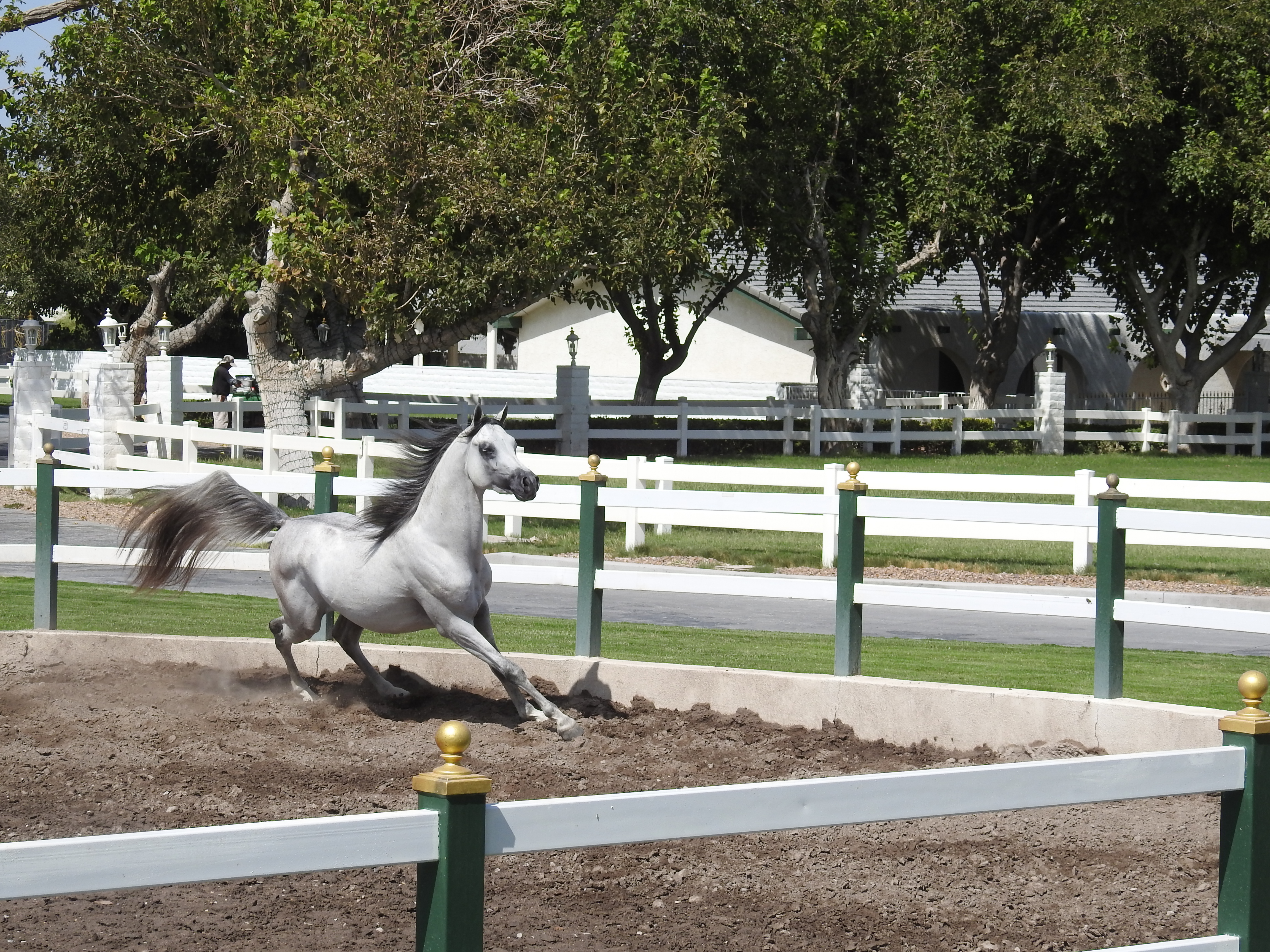
### 5. A Record-Breaking Show Jumping Career
Rodney Jenkins’s professional career was characterized by an almost unprecedented level of dominance, particularly during the late 1960s and early 1970s, when he consistently triumphed at the most prestigious horse shows. His relentless pursuit of excellence and his innate ability to coax peak performance from his horses led to a staggering number of victories. By the time he retired from the show ring in 1989, Jenkins had accumulated a record of more than 70 Grand Prix events, an achievement that cemented his status as the winningest rider in the history of U.S. show jumping.
This remarkable tally of Grand Prix wins underscores not only his individual talent but also his consistent ability to remain at the pinnacle of a demanding sport for nearly three decades. His sustained excellence led fellow top show jumper Jimmy Torano to draw a comparison to basketball superstar Michael Jordan, highlighting Jenkins’s absolute domination of his chosen field. This level of sustained success, in an arena where both horse and rider must perform flawlessly under pressure, is a rare feat.
Jenkins’s career was a testament to unparalleled longevity in an exacting sport, where competitive cycles often see new talents rise and fall. His ability to maintain a position as “the rider to beat” for such an extended period speaks volumes about his consistency, adaptability, and profound connection with the various mounts he rode. This unwavering performance level solidified his reputation as an equestrian legend, admired across generations.
His impact was particularly evident in 1967, when he made headlines by winning four out of the six hunter-jumper championships at the National Horse Show in Madison Square Garden. That same year, in the American Horse Shows Association (AHSA) “Horse of the Year” awards, Jenkins rode winners in five of the six divisions in which he competed. Such feats were not isolated incidents but rather consistent demonstrations of a unique talent that reshaped the competitive landscape of American show jumping.
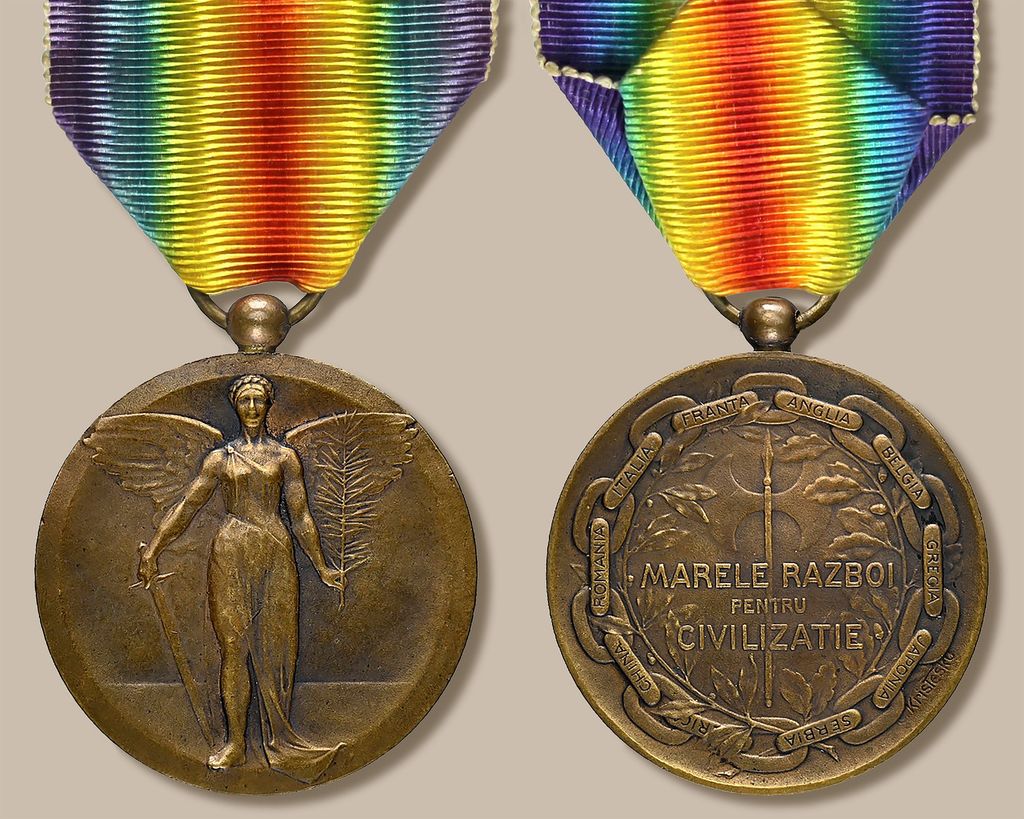
### 6. The American Gold Cup and Other Major Victories
Among Rodney Jenkins’s numerous accolades, his performance in the American Gold Cup stands as a particular highlight of his storied career. He won this esteemed event an unprecedented five times, a record that remains a benchmark in the sport. Remarkable among these victories were four consecutive wins from 1972 to 1975, a streak that showcased his unwavering mastery and the consistent excellence of his equine partners. His final Gold Cup triumph came in 1985, aboard the exceptional jumper, The Natural.
Beyond the American Gold Cup, Jenkins also secured three victories in the Presidents Cup, an international team competition, and three titles at the National Horse Show Grand Prix. These wins, often against the sport’s most formidable competitors, underscored his ability to perform under immense pressure and navigate complex courses with an unrivaled blend of precision and boldness. His consistent presence at the top of the leaderboard in these major events solidified his reputation as a formidable and reliable competitor.
His early dominance was clearly visible at the National Horse Show. In 1971, Steve Cady of The New York Times reported that Jenkins “continued along his path of plunder” at the event. That year, he and his horses—Main Spring, Idle Dice, and Brendan—swept first, second, and third place in the open-jumper division on the third day of competition, to the enthusiastic cheers of a glittering crowd. Such feats were not just victories; they were demonstrations of a rider in absolute command.
These numerous prestigious victories, accumulated over decades, highlight not only Jenkins’s extraordinary riding ability but also his keen eye for selecting and developing top-tier equine talent. His success was a confluence of instinct, meticulous preparation, and an unshakeable belief in his horses, allowing him to consistently deliver championship-level performances on the grandest stages of equestrian sport.

### 7. International Forays: Early Global Competitions
Despite his profound talent and widespread success, Rodney Jenkins’s professional status presented a significant barrier to competing in the most prestigious international events, such as the Olympic Games and Pan American Games, for much of his career. These competitions traditionally adhered to strict “amateurs-only” rules, which deemed professional riders ineligible. This rule, however, did not prevent Jenkins from demonstrating his prowess on the international stage in other capacities.
Throughout the 1970s and early 1980s, even with the amateur-only restrictions for the major games, professionals were allowed to participate in a limited set of international team classes. This opened the door for Jenkins to ride on an impressive 16 Nations’ Cup teams between 1973 and 1987. Of these, his team emerged victorious in 10, a testament to his invaluable contribution to American equestrian team efforts and his ability to perform effectively in a global context.
Beyond team competitions, Jenkins also achieved notable individual international placings. In 1974, he finished 8th in the World Championships at Hickstead, riding his legendary mount Idle Dice, showcasing his ability to compete effectively against the world’s best. Six years later, in 1980, he secured a 6th-place finish in the World Cup Final at Baltimore with his horse Third Man. These results, achieved on major global stages, demonstrated his world-class talent well before he was fully eligible for all international competitions.
These early international forays provided a crucial glimpse into Jenkins’s capabilities on a global scale. They underscored the talent that would later flourish fully once eligibility rules changed, allowing him to represent the United States in a broader array of prestigious events. His performance in these challenging environments solidified his reputation as a formidable competitor, respected by equestrians worldwide, even under restrictive circumstances.
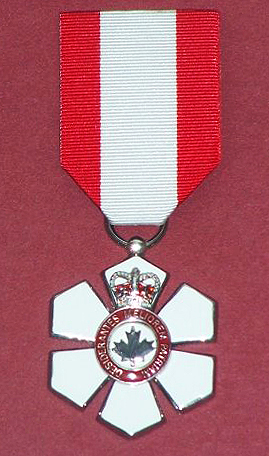
### 8. Breaking Barriers: Pan American Games Medals
For much of his illustrious career, Rodney Jenkins’s professional status acted as a formidable barrier, preventing his participation in the most revered international competitions, including the Olympic Games and Pan American Games, which were traditionally reserved for amateurs. This long-standing regulation began to shift in the 1980s, marking a pivotal change that would finally allow Jenkins to represent the United States on a grander stage, a long-awaited opportunity for a rider of his caliber.
The International Olympic Committee initiated a review of its “amateurs-only” rules following the 1980 Olympics. By 1986, the FEI officially decided to permit equestrian professionals to compete in both the Olympics and the Pan American Games. Jenkins promptly applied and received approval, paving the way for his historic entry into the 1987 Pan American Games, which were held in Indianapolis.
In this groundbreaking appearance, Jenkins rode his talented mount, Czar, to exceptional success. He secured an individual silver medal in the jumping competition, a profound personal achievement. Furthermore, as a vital member of the United States show jumping team, he contributed significantly to their collective effort, earning a silver team medal, with the Canadian Team ultimately taking the gold.
The significance of these medals resonated deeply with Jenkins, transcending monetary value. He famously stated, “All the money I’ve won with horses, these two pieces of silver mean as much as all the money.” Despite this triumphant moment, a lingering regret remained; Jenkins expressed that he never had the opportunity to ride in the Olympics, a dream that, despite the rule changes, ultimately eluded him.

### 9. Awards and Recognition: Rider and Horseman of the Year
The year 1987 proved to be an extraordinary period for Rodney Jenkins, marking one of the most successful seasons of his career at the age of 43. His exceptional performances and profound impact on the equestrian sport garnered him significant accolades, underscoring his unparalleled skill and dedication. This period of intense competition and achievement further solidified his reputation as a dominant force in show jumping.
During this remarkable year, Jenkins was recognized with two of the most prestigious honors within American equestrianism. He received the American Grand Prix Association’s Rider of the Year award, an acknowledgment of his consistent excellence and victories on the Grand Prix circuit. This award affirmed his standing as the premier competitor of his time, celebrated for his precision and mastery.
Concurrently, Jenkins was also named the American Horse Show Association’s Horseman of the Year. This honor extended beyond mere competitive wins, recognizing his holistic contribution to the sport, encompassing his horsemanship, influence, and exemplary conduct. These dual honors in a single year highlighted a career-defining moment, celebrating his profound impact on the equestrian community.
The confluence of his Pan American Games success and these esteemed industry awards in 1987 painted a clear picture of a rider at the peak of his powers. It served as a testament to a lifetime devoted to understanding and excelling with horses, with the accolades acting as formal acknowledgments of his indelible contributions to the sport he so deeply loved and shaped.
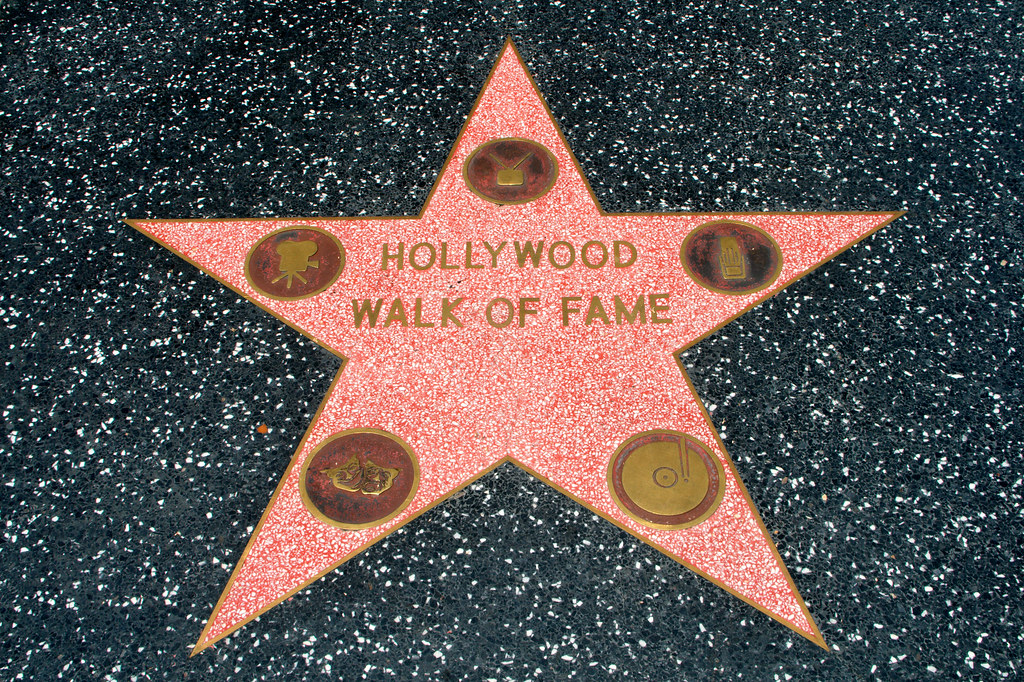
### 10. Halls of Fame: Enduring Recognition
Rodney Jenkins’s extraordinary contributions to equestrian sport were permanently enshrined through his inductions into multiple distinguished Halls of Fame, cementing his legacy for future generations. These honors reflect the widespread recognition of his unparalleled skill, sportsmanship, and the enduring impact he had on both show jumping and hunter disciplines. Such acknowledgments underscore his status as a truly legendary figure.
In 1999, Jenkins was formally inducted into the United States Show Jumping Hall of Fame. This recognition marked a significant milestone, acknowledging his record-setting achievements and his long-standing dominance in the show jumping arena. His place among the sport’s greatest was thereby officially secured, a testament to decades of competitive excellence.
Notably, his famous equine partner, Idle Dice, received this same honor 12 years prior, becoming the first horse inducted into the Show Jumping Hall of Fame in 1987. This unique sequence of inductions highlighted the singular importance of their partnership and the profound influence Idle Dice had on the sport, both independently and through its association with Jenkins.
Beyond show jumping, Jenkins’s versatility and mastery in the hunter discipline also earned him membership in the National Show Hunter Hall of Fame. This dual recognition underscores his comprehensive horsemanship, demonstrating his ability to excel across distinct, yet complementary, equestrian fields. Furthermore, he was inducted into the Washington International Horse Show Hall of Fame, further solidifying his revered status within the wider equestrian community.
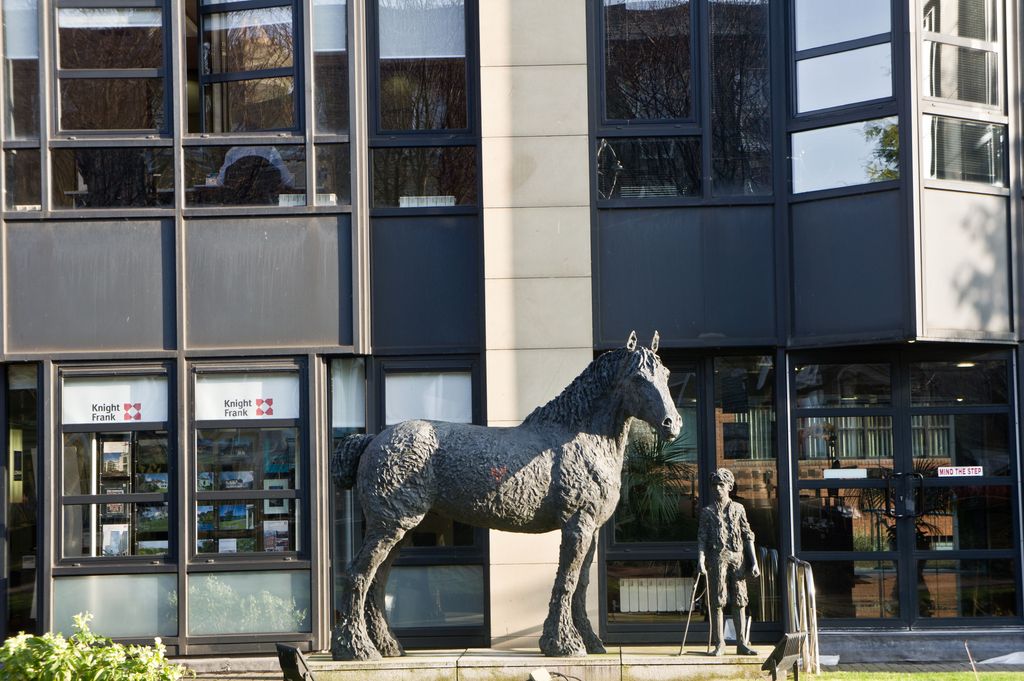
### 11. Transition to the Turf: Racehorse Training Career
After an illustrious career spanning nearly three decades in the show ring, Rodney Jenkins made a significant and rather quiet transition in 1989, retiring from show jumping. Unlike many retired riders who often turn to teaching, Jenkins felt he was not suited for such a role. His profound connection to horses, however, compelled him to remain deeply involved in equestrianism, leading him to a new domain: Thoroughbred racehorse training.
He initially ventured into training steeplechasers, a natural progression given his background in jumping and the practicalities of horse management. However, he soon shifted his focus to flat racing, primarily operating out of Laurel Park in Maryland. This pivot demonstrated his adaptability and his innate ability to apply his horsemanship skills to different facets of the racing industry, quickly establishing a formidable presence in the racing community.
Jenkins often credited his extensive show career with providing him a foundational knowledge crucial for his success in racehorse training. He gained valuable insights into equine nutrition and developed a keen understanding of how to promote soundness and good health in his horses. These practical skills, honed over decades, proved instrumental in conditioning Thoroughbreds for the demanding world of flat racing, ensuring their peak performance.
Under his guidance, Jenkins’s trainees achieved remarkable success on the track, accumulating 941 victories and generating total earnings exceeding $24.9 million. This impressive record earned him significant recognition, including being named Maryland Trainer of the Year in 2004 and outstanding trainer by the Maryland Thoroughbred Horsemen’s Association in 2003. He conditioned notable horses such as Phlash Phelps, Shimmering Aspen, Cordmaker, Bandbox, and Post Time, further solidifying his reputation as a versatile and accomplished horseman in a new competitive arena. Jenkins reportedly retired from training in 2023 due to declining health, concluding another successful chapter in his storied equestrian life.

### 12. The Philosophy of a Horseman: Instinct and Rapport
Rodney Jenkins’s extraordinary success across multiple equestrian disciplines was not merely a result of skill, but stemmed from a deeply intuitive understanding and profound rapport with horses. He possessed a rare ability to connect with these animals on a level that transcended conventional training methods, often describing himself as largely self-taught, learning directly from the horses themselves.
His philosophy centered on empathy and observation. Jenkins articulated his approach by stating, “Horses are creatures of habit,” and emphasized that “Horses are all different, like we are. You have to find the formula by being around them. Once you ride them, you feel what they want.” He believed that the most crucial attribute a rider could possess was “to think what their horses think before he thinks it,” highlighting a proactive and deeply empathetic engagement with his equine partners.
Jenkins maintained a characteristically modest demeanor throughout his career, consistently deflecting praise from himself to his horses. He famously stated, “The horse makes the rider—I don’t care how good you are,” a quote that encapsulates his unwavering belief in the inherent brilliance of his mounts. This humility was a defining trait, recognized and admired by his peers and the wider equestrian community.
His riding style was celebrated for its natural elegance and adaptability, giving horses the freedom to jump boldly and cleanly. This approach fostered confidence and optimized their athletic potential. Such a magical rapport, combined with his rugged good looks, elevated Jenkins to idol status, admired not just for his wins but for the genuine, quiet understanding he shared with every horse he rode.

### 13. Personal Life and Lasting Connections
Born into an equestrian family, Enis Rodney Jenkins’s life was intertwined with horses from his earliest days. His father, Enis Jenkins, was a respected huntsman, and his mother, Aileen (Payne) Jenkins, oversaw their family home in Middleburg, Virginia. Growing up alongside his two brothers, Rodney was immersed in horse care and riding in the hunt field, laying the groundwork for his legendary career.
Jenkins’s personal life included several significant relationships. He was married to Patricia Perry, and together they had three children: Blythe DeMeola, Patrick, and Robert. This marriage later ended in divorce. He was also married to Victoria Graves, a union that similarly concluded in divorce. Later in life, he found a lasting partnership with Un Jin Moon, a former top jumper rider from South Korea who competed in the 1988 Olympics. They had two sons, Matthew and Ty.
The deep respect Jenkins garnered extended beyond his immediate family. His son, Patrick Jenkins, notably followed in his father’s footsteps, pursuing a career in the racing industry as a trainer, carrying on the family legacy in Thoroughbreds. Jenkins also cherished his role as a grandfather to four grandchildren and a great-grandfather to four great-grandchildren.
After his father’s passing in 1983, Jenkins purchased his own farm in Montpelier Station, Virginia, a place that anchored him amidst his demanding professional life. In his later years, he expressed profound contentment with his settled lifestyle, remarking, “It’s the best time of my life,” and attributing his happiness to divine favor, stating, “God is good to me.” Even after ceasing to ride, he continued to judge occasional horse shows, appreciating the talent of new riders and confessing, “I really miss the competition” while watching on television.
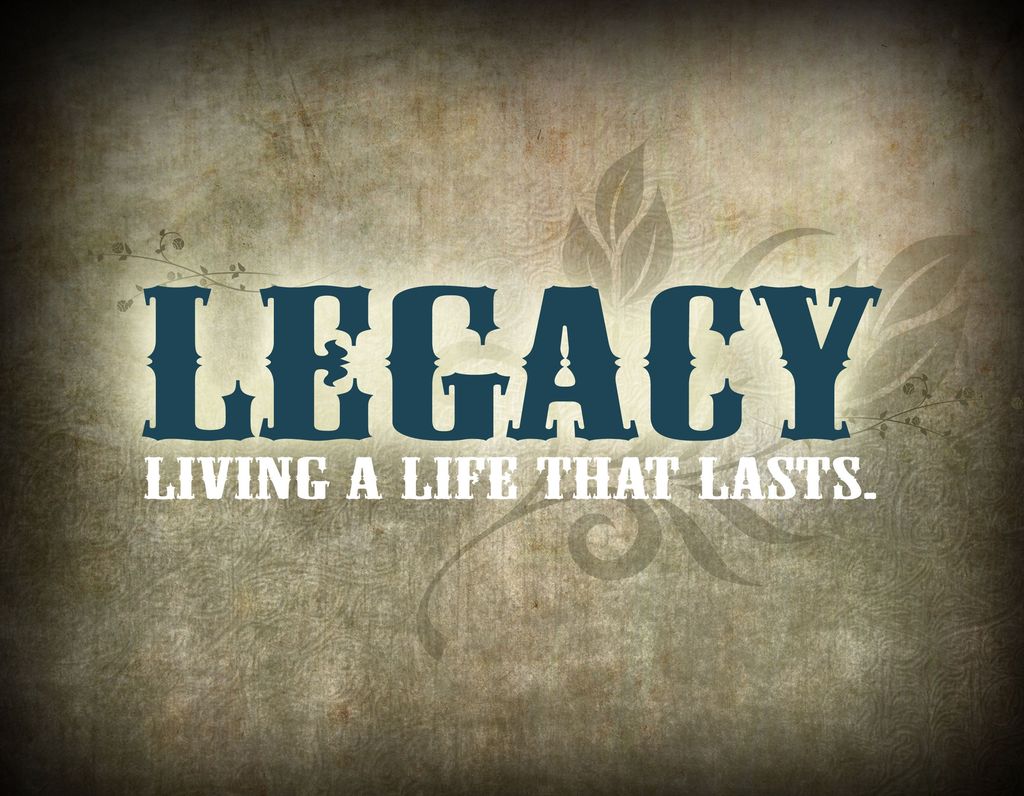
### 14. A Legacy Remembered: Tributes and Memorials
Enis Rodney Jenkins, a towering figure in American equestrianism, passed away peacefully in his sleep at his home in Maryland on December 5, 2024, at the age of 80. His passing elicited a profound outpouring of grief and heartfelt tributes from across the equestrian world, underscoring the immense impact he had on countless lives and the sport itself.
Media outlets and social platforms were immediately flooded with fond remembrances from his family, friends, colleagues, and an army of fans. The overwhelming consensus articulated in these tributes hailed Jenkins, affectionately known as “The Red Rider,” as one of the greatest horsemen American show jumping had ever witnessed. His influence transcended generations, leaving an indelible mark on how horses were ridden and understood.
The Maryland racing community honored “The Red Rider” with a traditional memorial service held at Laurel Park in January 2025, a poignant gathering that celebrated his remarkable journey from the show ring to the racetrack. This event served as a testament to his enduring presence and the widespread affection he commanded throughout his diverse equestrian endeavors.
Peers and mentees eloquently expressed their admiration and sorrow. Show jumper Jimmy Torano likened Jenkins to basketball superstar Michael Jordan, emphasizing his absolute domination of the sport. Britt McCormick, president of the United States Hunter Jumper Association, praised his “humility and his unwavering belief in the horses he rode.” Nancy Jaffer, a longtime equestrian journalist, recalled Jenkins’s quiet wisdom, quoting him as saying, “I enjoyed showing, and when I didn’t, I quit,” a reflection of his integrity and profound connection to his passion. His enduring legacy is not just in the records he broke, but in the quiet, profound way he taught the equestrian world to listen to the horses.




